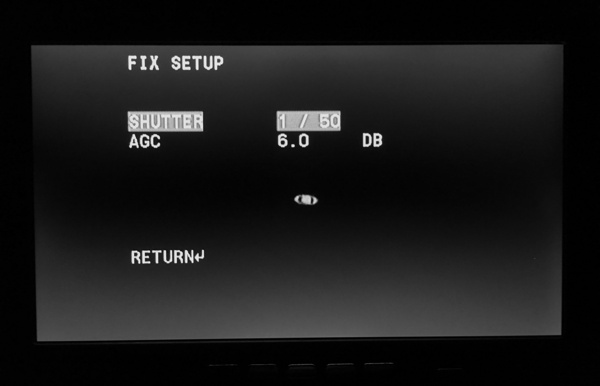ETX-105/LXD55 and Revolution Imager
Posted: 10 September 2016
|
Open: Friday, 9 September 2016, 1816 MST Temperature: 96°F |
Session: 1010 Conditions: Mostly clear |
Equipment Used:
12" f/8 LX600 w/StarLock
Wireless AutoStar II handset
2" 24mm UWA eyepiece
2" 9mm 100° eyepiece
2" 2X PowerMate
ETX-105/LXD55 GEM
1.25" 26mm eyepiece
1.25" wide-field adapter
Camera:
iPhone 6s Plus
Revolution Imager
As I plan to use the ETX-105/LXD55 and Revolution Imager at the star party at Oracle State Park, Saturday, 10 September, I decided to check them out this night. Here's the set up at sunset:

The ETX-105 OTA is mounted on the LXD55 using the ADM Dovetail Plate and Mounting Rings.
1840 MST: sunset. 1842 MST: LX600 ON, StarLock OFF, High Precision OFF.
1848 MST: viewed the just past First Quarter Moon, 102X. Took this handheld iPhone 6s Plus afocal 102X photo:

Then did some lunar observing, 271X. Took these handheld iPhone 6s Plus afocal 222X photos along the terminator:


Added the 2X PowerMate to the 9mm eyepiece and did some lunar observing, 542X. The "Straight Wall" was pretty nice so took an iPhone handheld afocal 571X photo of it and some mountain shadows to the north of it:

1909 MST: began some planet viewing. First was Venus, low in the western sky, 102X and 271X. It was too low for good viewing but its gibbous phase was visible. Mars was viewed at 102X and 271X. Seeing was not good but some surface dark areas were visible. Lastly, viewed Saturn, 102X. Its moons Titan, Rhea, Dione, and Tethys were visible. The view at 271X was fairly good. Tried 542X but that was too much magnification for the seeing conditions this night.
1929 MST: LXD55 GEM ON. Did an Easy Align, then viewed the Moon through the ETX-105 using the 26mm eyepiece + wide-field adapter.
1936 MST: Revolution Imager ON. Viewed the Moon This is a photograph of the RI screen (hence not a good representation of what the screen showed), showing the Straight Wall:

I added the RI focal reducer for this view of the Moon:

Then slewed to Saturn. By adjusting the exposure I could see either the planet and ring system or the four moons:


The moons are the four dots closest to the planet.
Having confirmed that all was well with the ETX-105/LXD55 and Revolution Imager for use at the star party, they were powered off at 2038 MST.
2100 MST: took a last look at Saturn with the 12" telescope, 102X.
|
Close: Friday, 9 September 2016, 2116 MST Temperature: 74°F |
Session Length: 3h 00m Conditions: Mostly clear |
Comments are welcome using Email. Twitter users can use the button below to tweet this report to your followers. Thanks.
Cassiopeia Observatory Home Page
Copyright ©2016 Michael L. Weasner / mweasner@me.com
URL = http://www.weasner.com/co/Reports/2016/09/10/index.html
